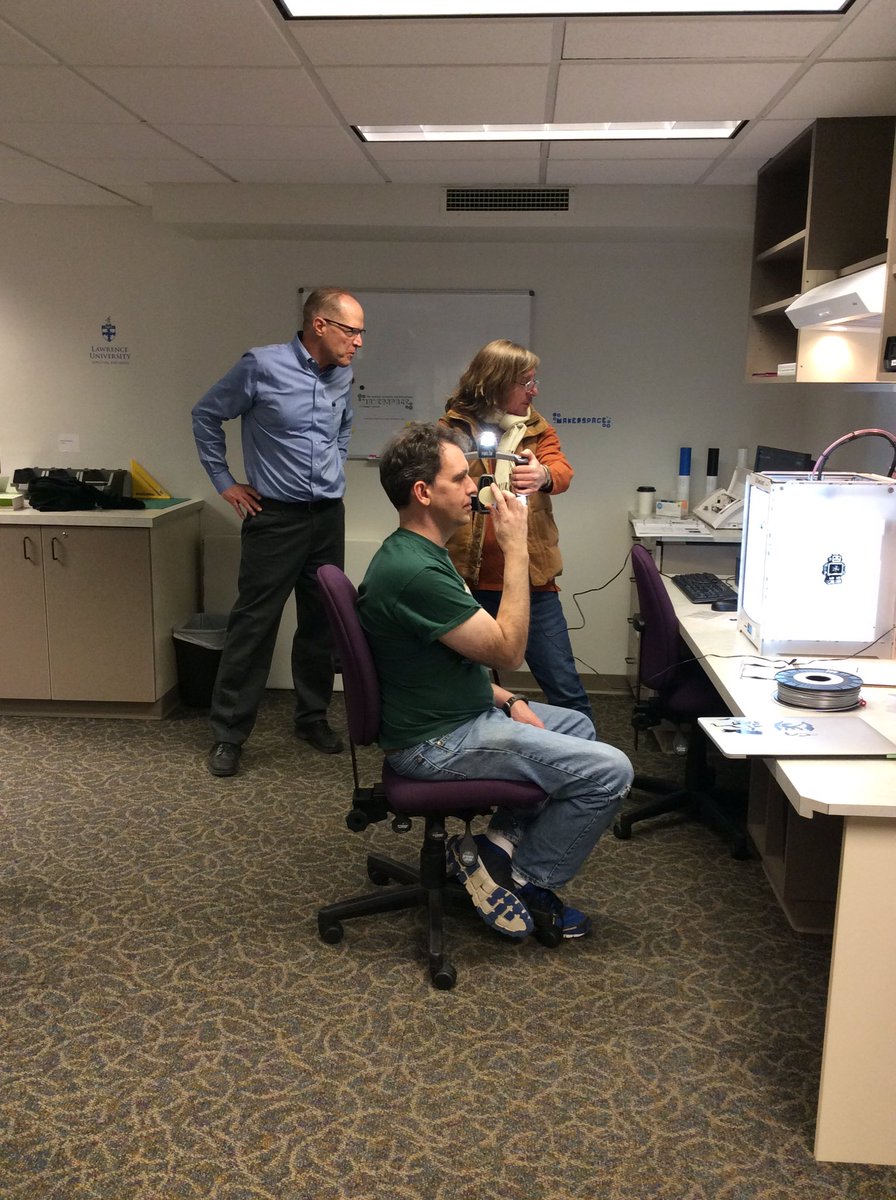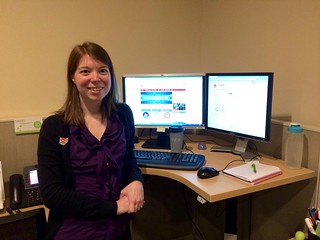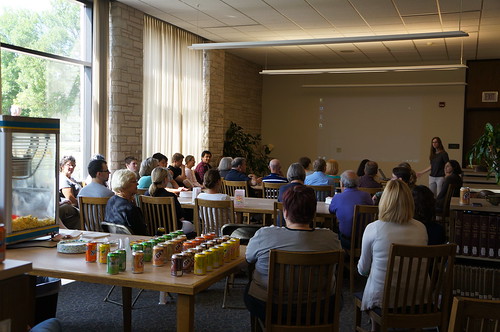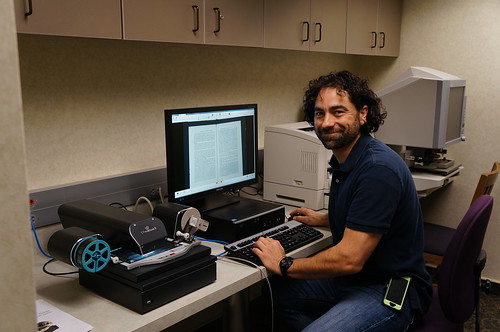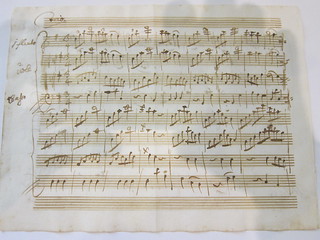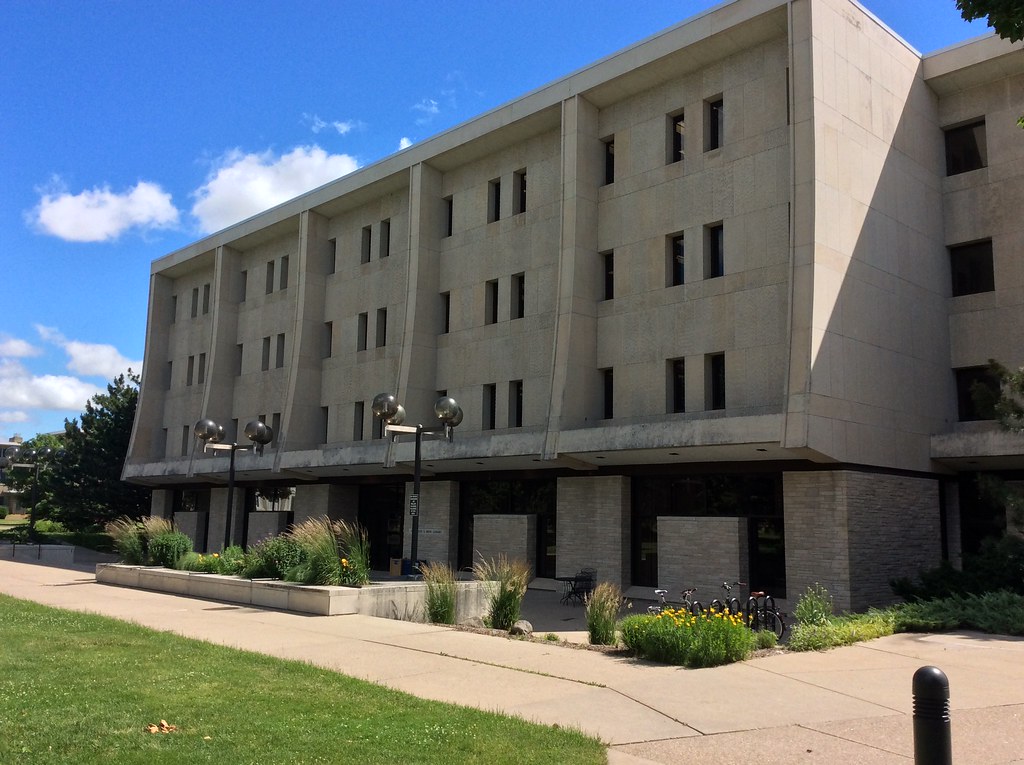 Your friends in the Mudd Library are here for you this summer! Summer library hours are Monday-Friday, 8 a.m. to 4 p.m.
Your friends in the Mudd Library are here for you this summer! Summer library hours are Monday-Friday, 8 a.m. to 4 p.m.
Here are some ways the library can help you out:
- Doing research or want to learn more about library resources? Our reference librarians are on call 9 a.m. to 4 p.m. Monday-Friday all summer. Ask us!
- Did you know that current students, faculty, and staff who are off campus are welcome to submit interlibrary loan article requests over the summer? Our system delivers these to you electronically, wherever you are!
- Those who are on campus or in the Appleton area may request interlibrary loan books, which will be picked up from the Mudd Library (as usual).
- Of course- circulation, ordering, and all of your other favorite library services are available over the summer as well!
- Details for our annual summer coffeehouse series will be posted shortly! Lots of great resources and information from previous summer coffeehouses are available on our guide.
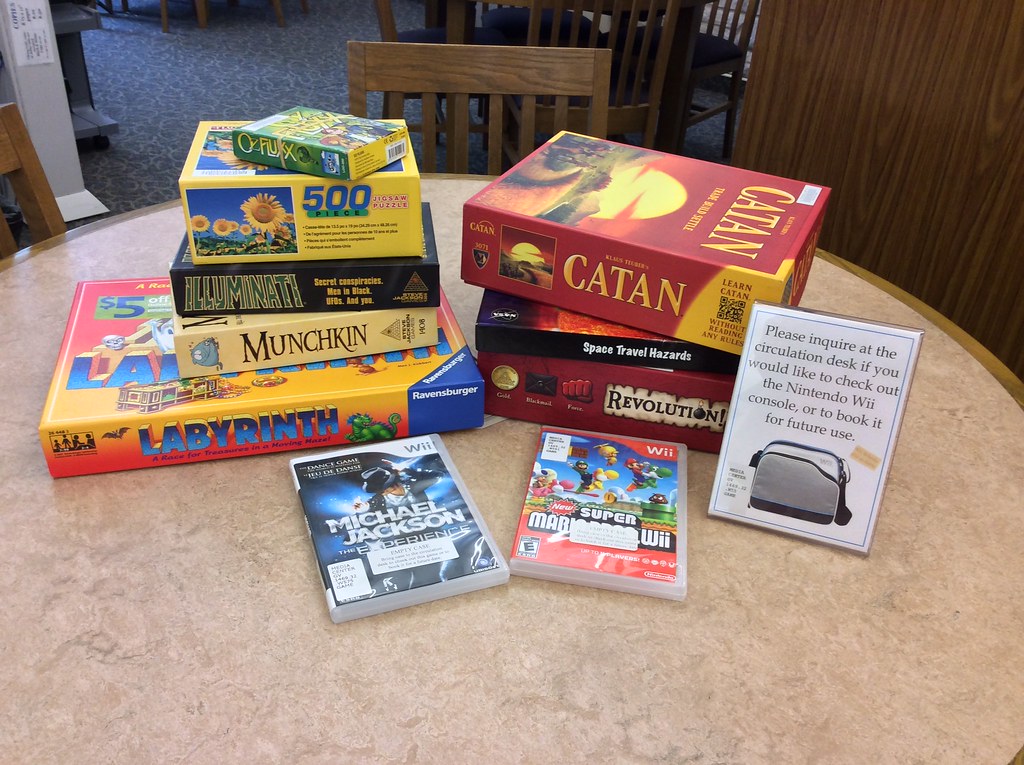
- Looking for something fun? The library has a great collection of popular novels and non-fiction, movies and documentaries, and games and puzzles to keep you entertained this summer.
As always, be sure to ask us! We’re happy to help!
 Have you heard about the new Lawrence University Interdisciplinary Makerspace for Engaged Learning? It is an exciting space for hands-on learning and creation, located on the first floor of the Mudd Library. A makerspace is any space that encourages making, tinkering, and creativity. Some are focused more on technology, some on manufacturing, some on building, and some on crafting. Our space is a little of each of those with an academic focus. The LU makerspace includes two 3D printers, a desktop 3D scanner, a handheld 3D scanner, an electronic cutter, a sewing machine, and supplies for painting and making collages (
Have you heard about the new Lawrence University Interdisciplinary Makerspace for Engaged Learning? It is an exciting space for hands-on learning and creation, located on the first floor of the Mudd Library. A makerspace is any space that encourages making, tinkering, and creativity. Some are focused more on technology, some on manufacturing, some on building, and some on crafting. Our space is a little of each of those with an academic focus. The LU makerspace includes two 3D printers, a desktop 3D scanner, a handheld 3D scanner, an electronic cutter, a sewing machine, and supplies for painting and making collages (
